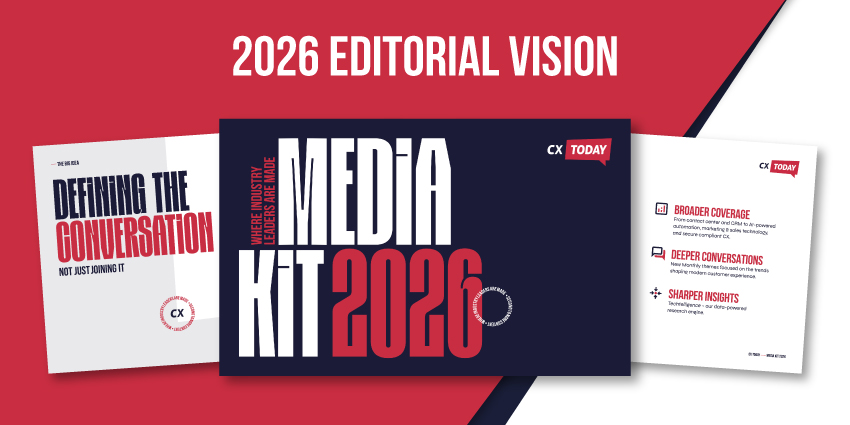Contact centre metrics have long been used to gauge the efficiency and productivity of contact centre agents. Transactional data like call duration or average handling time tell how the contact centre is performing and therefore help decision-makers take appropriate steps to improve their business. However, as we progress in the digital age, transactional data has proven limited in showing how the contact centre actually performs.
The technology used in contact centres has come a long way from simple calling line identification. Now is the time to take metrics to a higher level and start embracing more intelligent data – data that shows more than just numbers. Data that relates to the context of the customer and uncover how they are feeling, the reason for calling, and what the agent is doing to respond. To understand what new metrics of value mean, CX Today spoke with Andrew White, CEO of Contexta360.
The Value of Intelligent Data
While traditional transactional data is still valid and valuable, it is significantly more quantitative than qualitative. It does tell you something, but it does not paint the entire picture. With qualitative intelligent data, supervisors can go beyond figures. White says:
“There’s call and chat data, and then there is an enrichment of that call data, such as what service a customer is subscribed to, or what their insurance policy is.
“Increasingly, we’re looking at situational data which shows if there has been a failure or a commercial opportunity.”
Again, a lot of this data is taken from systems and entered by the agent. The data that has been provided by the customer in a web form or text usually gets miscategorised and much of it is left uncaptured because it’s not given in a drop-down field.
Surveys would not go far either in collecting customer data, especially if customers have to take the time out of their day to fill out a form. White explains how the automation system should be set up:
Modern contact centres should be considering metrics like customer efforts, customer friction customer CSAT and many others. What’s important is to automate this process of collecting data, but not asking the customer intrinsic questions, but by analysing the conversations, whether they are a phone call, a video call or a chat session.
“Being able to pinpoint where in their journey customers encountered hurdles or if the journey took a completely different path is crucial for customer satisfaction.”
Sentiment Analysis
The right way to capture all of the customer feedback is naturally to analyse all of the customer communication. White says technologies like topic detection, sentiment and emotion detection can identify the tiny details of the interaction that add up to bigger insights.
To achieve this, Contexta360 offers a solution of its own. White explains:
“We offer a solution that is agnostic to what you’ve already got, so it can be integrated with your current contact centre setup. Our solution analyses all the traffic across all channels by using deep learning, AI and transcription to extract these insights.”
“We can arrive at more descriptive data that can help brands see opportunities that they’ve missed in the past.”
When it comes to implementing new analytics software, it’s important that intelligence is impartial and standardised so that decision-makers can see the state of the contact centre from all angles.
What’s in It for Agents?
Of course, the benefits of analytics software are equally important when it comes to how agents are using it. White says:
“We can highlight the issues that appear regularly to the architectural design of the customer engagement. Or, it might be knowledge or training matters with which we can help the agents improve.
“The solution can suggest to a live call the next best actions or opportunities, providing value to the operational manager, as well as the team lead. With that, they’ve got a full picture of how their services are operating, not only from a quantitative perspective but also from a qualitative perspective.”
Automation of data categorisation can take some workload off and improve the data set, such as not having to type in after-call notes manually. This way agents are left with more time to work on their weak spots in customer interactions and improve their performance.
Contexta360 offers a suite of insights solutions for every contact centre need – whether it’s voice analysis or agent quality metrics. A 360-degree view of customer interaction provides a foundation for customer satisfaction and business growth.







